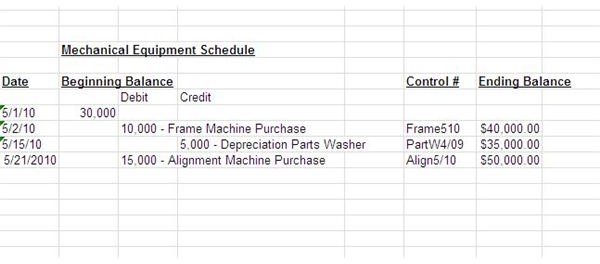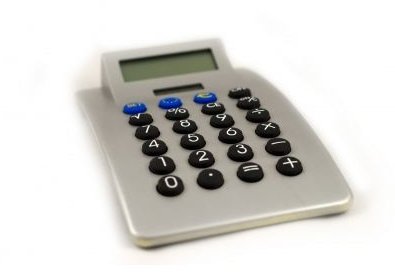What Is the Best Method of Tracking Fixed Assets
What Are Fixed Assets?
There are basically two types of fixed assets, tangible and intangible. Tangible fixed assets include land, building, equipment, furniture and fixtures, signage, and computer equipment. Intangible fixed asset include intellectual property, telephone numbers, websites, and even your registered or trademarked business name.
Fixed assets are shown on the balance sheet as summary accounts, but what are the methods of tracking fixed assets for depreciation, valuation, and tax purposes?
Tracking Fixed Assets

First, take a look at the screenshot to the right (click to enlarge). We see that in balance sheet summary accounts each account only appears as a total of all assets within any given category:
Acct # / Account Name / Amount on Balance Sheet Summary Account
- 260 - Buildings & Land - $250,000
- 261 - Mechanical Equipment - $50,000
- 262 - Signage - $25,000
- 263 - Office Equipment - $20,000
What actually comprises these summary totals is important and the method of tracking fixed assets utilized can help you dig deeper into schedules to find what these summary numbers represent.
The Scheduling Process
In financial accounting, fixed assets are posted in scheduled accounts that are controlled. Being controlled in the schedule simply means the fixed asset is assigned a control number that keeps track of changes to the assets, any new purchases, sales, or depreciation.

Using the above account listing, let’s take a look at what would appear Fixed Asset Schedule for account 261, Mechanical Equipment (you can also click on the screenshot to enlarge):
Mechanical Equipment Schedule – Acct 261
Date / Beginning Balance / Control # / Ending Balance
- 5/1/10 / $30,000 - Beginning Balance
- 5/2/10 / $10,000 / Frame Machine Purchase / Frame510 / $40,000
- 5/15/10 / $5,000 / Depreciation Parts Washer / PartW4/09 / $35,000
- 5/21/10 / $15,000 / Alignment Machine Purchase / Align5/10 / $50,000.00
- 5/31/10 / $50,000 - Ending Balance
If we take a look at the Fixed Asset Schedule for account #261 – Mechanical Equipment, we can see the detail and activity for any given month or period. The control numbers you see in screenshot to the right don’t have to be numeric in nature and are often a short description of the asset followed by date purchased. Invoices can also be used as control numbers.
By looking at this Mechanical Equipment Schedule for the month of May, you can see what the summary total of this account on the balance sheet comprises. During the month of May, a frame machine was purchase, the parts washer was depreciated in value, and an alignment machine purchase was made.
Why Tracking Is Important
When considering the best methods of tracking fixed assets, it’s best to utilize controlled schedule accounts that can be reviewed via not just the individual account but also within the schedule if printed or viewed.
Without fixed asset detail through tracking, it’s almost impossible to know what equipment or other fixed assets you have, especially if you post them into one bulk account and are unable to determine via posting details what the fixed asset costs or how to depreciate the asset.
At tax time, you can bet your CPA or tax professional will want a printout of your controlled schedules to see the activity throughout the year. If you don’t apply your own depreciation, the accountant can utilize the detail contained within these schedules to determine the right type of depreciation based on the fixed asset.
Learn more about fixed assets by reading my article, Types of Fixed Assets: Examples & Definitions.
Screenshots: Created in Excel by Author
Image Credit: (Free Digital Photos)
